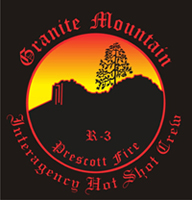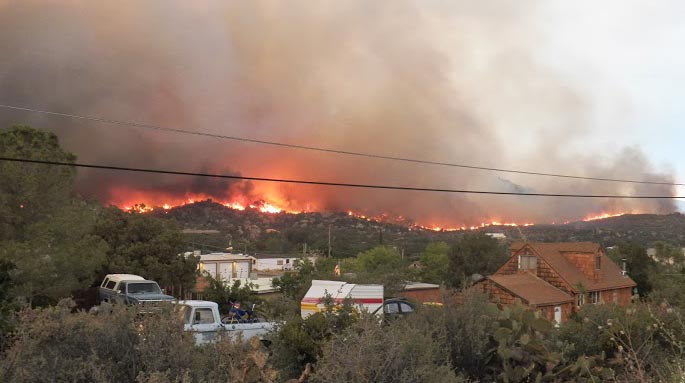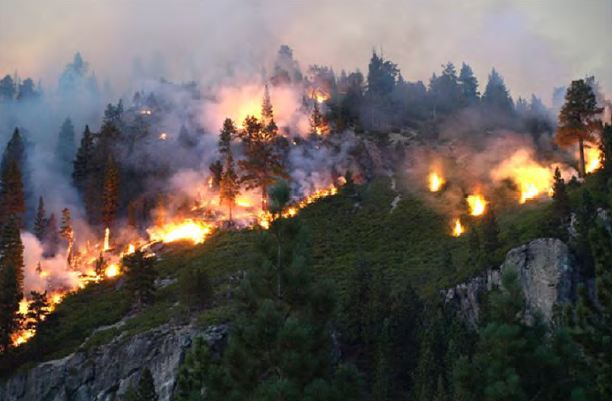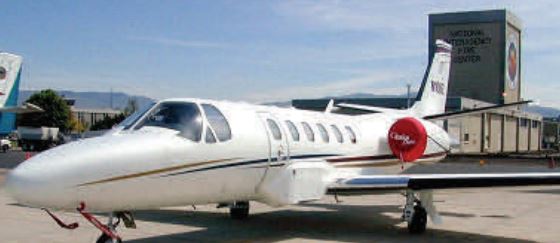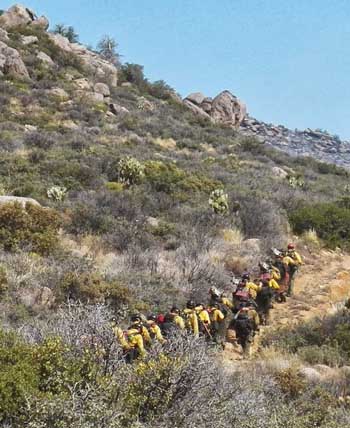If a politician has to release information, but they want it to attract as little attention as possible, they do it late on a Friday afternoon or on the weekend. The thinking is that fewer people consume news on a Saturday or Sunday and there are not as many reporters on duty to cover it.
The Arizona State Forestry Division decided to release the Serious Accident Investigation report of the Yarnell Hill Fire fatalities at 10 a.m. MST tomorrow, September 28. The choice of the day of the week led some people to assume the agency wanted to keep the report as much under the radar as possible.
The timing of the relase was a puzzling decision, especially in light of another one they made that will have the opposite effect. A person or organization calling themselves “The Yarnell Hill Fire Investigation Report Rollout Team” sent an email to many, many people Wednesday (about 150 other names were on the distribution list of the message I received) asking them to help spread the word about the report by joining something called “Thunderclap”. After you join using your Facebook and Twitter user names and passwords, “Thunderclap” will use those social media sites to send messages on your behalf so that everyone who reads your posts on those services will see a message that looks like it came from you, but was sent by Thunderclap announcing that the report on the Yarnell Hill Fire has been released.
An excerpt from the email:
…Once the report is released on September 28, 2013 10:00am, Arizona Standard Time, this tool allows us to utilize other people’s Facebook and Twitter accounts to push out the link to the report, nationally, all at one time. To make this work, we need people to know about the campaign we have built on the Thunderclap website and we hope you will be willing to get involved and let people know via your email lists and social media sites.
Arizona State Forestry Division using Thunderclap is a solution in search of a problem — and creates some serious privacy concerns, turning over your social media passwords to a company no one has ever heard of.
No matter what the Arizona State Forestry Division does to encourage or discourage coverage of the report, it is going to be huge news. I expect it to be covered by the big five national television networks. Since the deaths of the 19 members of the Granite Mountain Hotshots June 30 on the Yarnell Hill Fire, the mainstream media has been all over wildland fire, firefighters, and hotshot crews. So a Saturday release of the report will not eliminate coverage, and asking hundreds of people to turn over their Facebook and Twitter accounts to spread the word is not going push the tidal wave of media frenzy much faster.
If the State of Arizona follows the new federal guidelines for serious accident reports, it will not include any conclusions, or recommendations. This will make it difficult for the media to come up with coherent, introspective, meaningful coverage. They will be able to report facts, but their relevance to the fatalities could be difficult for them to understand. We heard from an Associated Press reporter who made an appointment to talk with us Saturday afternoon, that the State will not write a second, secret report containing the conclusions and recommendations as required in the new guidelines for federal agencies. That is because the State of Arizona has a very strong open records law prohibiting such shenanigans. But the concept of open records is on the back burner in the U.S. Forest Service as Fire Aviation confirmed when attempting to get a simple list of Type 1 helicopters on exclusive use contracts. It took five months and a great deal of time, going through the Freedom of Information Act process.
Below are some excerpts from the 6,212 words in the Thunderclap terms of service.
****
“We reserve the right to modify or replace these Terms of Use and/or to change, suspend or discontinue the Services at any time in our sole discretion.
The way you support a message is to grant the Service access to your Facebook®, Twitter® or Tumblr® account to post that message on your behalf as a status update in your timeline or as a Tweet, as applicable.
When you join a Thunderclap, your username and profile picture from the third party service you joined through may appear on this Website (or otherwise through the Services) indicating that you are a supporter of that message. Also, after you join a Thunderclap, you have the option of sharing that you support that message via Twitter, Tumblr and/or Facebook. You do this by granting the Services access to your Twitter, Tumblr and/or Facebook accounts through standard Twitter, Tumblr and/or Facebook APIs.
By supporting a Thunderclap via Facebook, you grant us the right to use, reproduce, modify, display and distribute for purposes of displaying your Facebook username, Facebook profile picture, and any modifications or changes you make to the message on or through the Services and Facebook to indicate you have joined, supported or your other affiliation with that message.
By supporting a Thunderclap via Twitter, you grant us the right to use, reproduce, modify, display and distribute for purposes of displaying your Twitter username, Twitter picture, and any modifications or changes you make to the message on and/or through the Services and Twitter to indicate you have joined, supported or your other affiliation with that message.”

